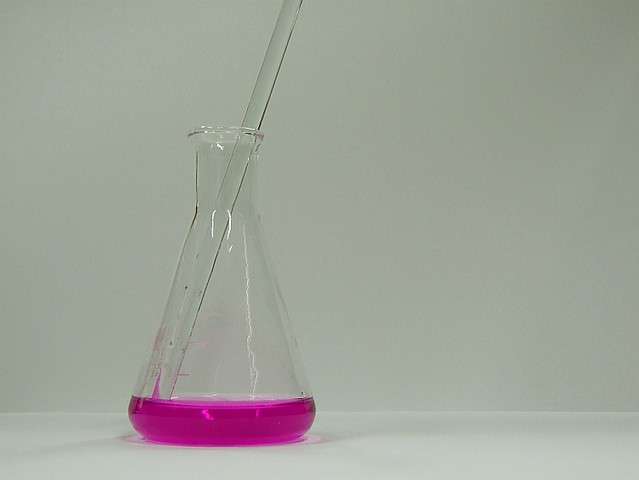
Food additives such as nitrates and sulfites are present in many favorite food items. Proper concentration of these food preservatives is essential for human health and safety and can be measured easily using spectrophotometric technology. Image Source: Flickr’ user Steven Depolo
Preservatives are a normal part of food production in the 21st century. These additives are commonly used to extend the shelf life of many food products and to prevent decay and early decomposition of a variety of foods. In order to utilize the benefits of common food preservatives, careful measurement of color saturation must be used to quantify concentration levels of these additives and to help keep them safe for human consumption. Common food additives such as nitrates and sulfites can be easily and effectively measured through the use of UV –VIS spectroscopy. Using a spectrophotometer, the color saturation of food samples can be analyzed to ensure proper levels are achieved and regulatory standards are met.
Despite the common use of additives in modern food production, high levels of preservatives have also been thought to produce harmful effects in humans. Recent studies have alerted consumers to the dangers of these preservatives in their foods, and many seek out natural products or those that contain lower levels of additives. However, omitting the use of food preservatives altogether is simply not an option for all products, especially those targeted for mass consumption or that must be imported or exported in large quantities. Therefore, the use of food additives in moderation is a key element in maintaining food product safety and quality.



